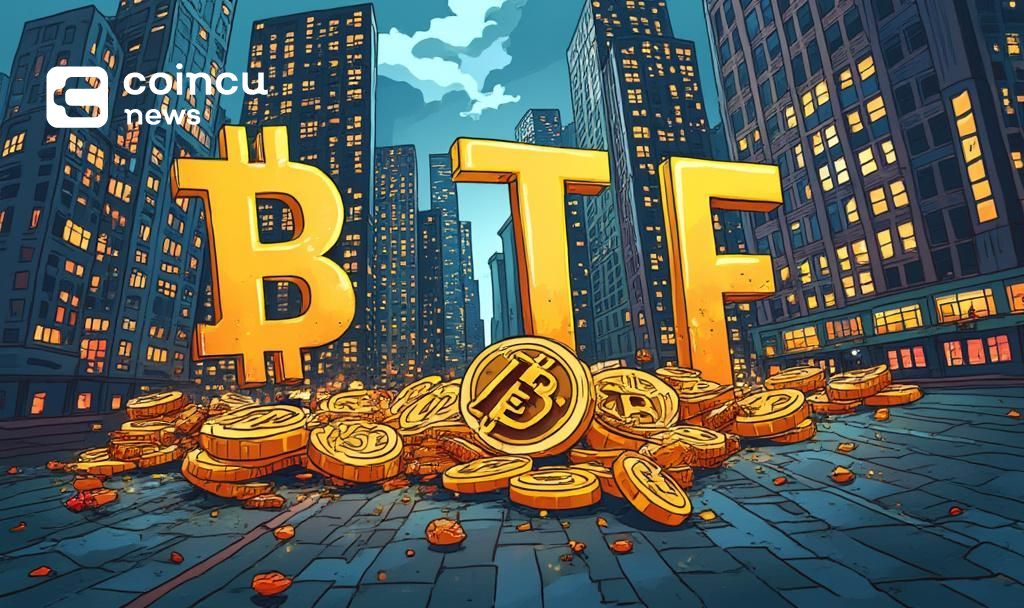$109055.201
At CoinCu News, we give both basic and in-depth articles on the latest news in the cryptocurrency and blockchain sectors.
John Kojo Kumi is a cryptocurrency researcher and writer specializing in emerging startups, tokenomics, and market dynamics within the blockchain ecosystem. With years of experience in crypto journalism and blockchain research, he provides in-depth coverage of decentralized finance (DeFi), NFTs, and Web3 innovations.
He holds a Bachelor of Arts in Geography and Rural Development from Kwame Nkrumah University of Science and Technology, Kumasi, bringing a multidisciplinary perspective to the evolving digital asset space. As a Crypto News Writer, he tracks and reports on industry trends, while his role as a Registrar at the Commission on Human Rights and Administrative Justice reflects his commitment to governance and transparency.
His expertise spans content strategy, SEO optimization, and technical research, enabling him to craft insightful, data-driven analyses. Passionate about blockchain’s transformative potential, he strives to equip readers with the knowledge to navigate the complexities of digital assets and decentralized technologies.
News
Trump Family Wealth Surges Amid Crypto Ventures
The Trump family's wealth increases substantially through crypto projects, raising $620 million with new tokens
Jul
BounceBit to Launch Tokenized Stock Products in DeFi
BounceBit announces tokenized stocks for major markets, enhancing DeFi integration and asset liquidity.
Jul
Addentax Aims to Acquire 12,000 Bitcoins
Addentax Group proposes acquiring 12,000 BTC via new shares, up from May's 8,000 BTC.
Jul
SEC Halts Grayscale Large Cap Fund ETF Conversion for Review
The U.S. SEC pauses Grayscale’s Digital Large Cap Fund ETF approval to conduct a full
Jul
DeFi Development Corp Expands Solana Holdings with $112.5M Notes
DeFi Development Corp's $112.5M convertible notes to boost SOL holdings and infrastructure.
Jul
SEC Puts Grayscale ETF Conversion Proposal Under Review
SEC halts Grayscale Fund's ETF plans for further review, affecting Bitcoin and Ethereum markets.
Jul
Banca Sella Pilots Cryptocurrency Custody with Fireblocks Technology
Banca Sella tests cryptocurrency custody with Fireblocks tech, aiming for potential service launch.
Jul
Changpeng Zhao Supports Crypto Growth Amid US Policy Changes
Changpeng Zhao voices optimism for crypto's future with improving US policies and institutional investments.
Jul
Ripple Seeks National Banking License to Expand Stablecoin and Crypto Services
Ripple applies for a national banking charter with the OCC, aiming to bring RLUSD under
Jul
[tptn_list how_old="7" limit="5" title_length="0" heading="0" show_date="0" ]
[tptn_list how_old="30" limit="5" title_length="0" heading="0" show_date="0" ]






















